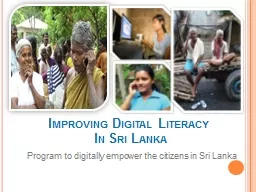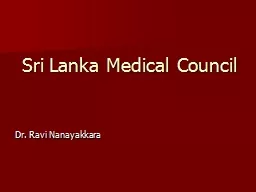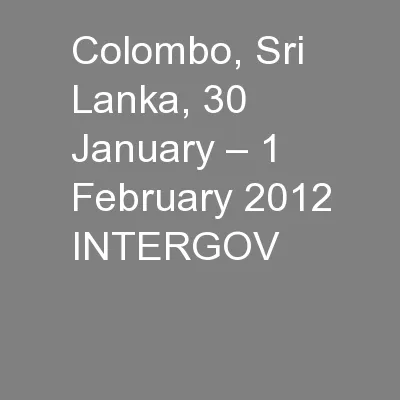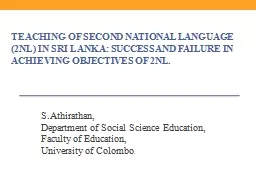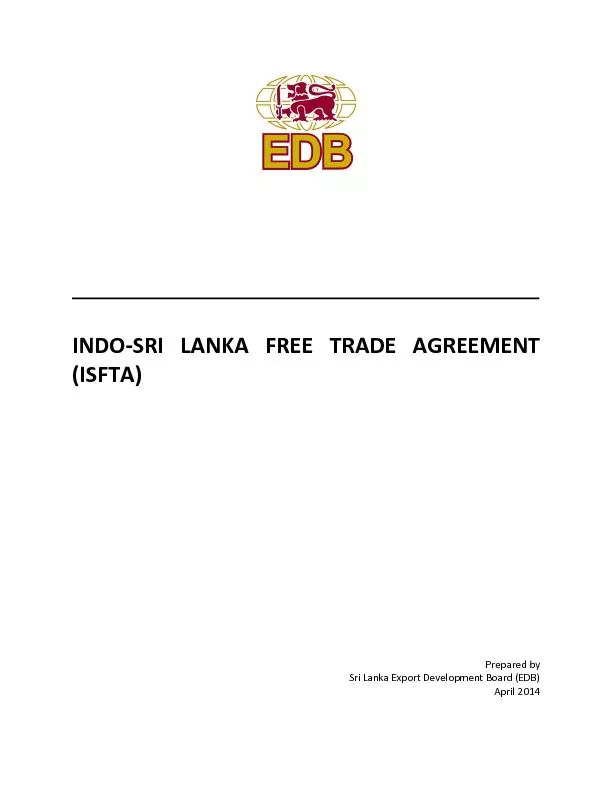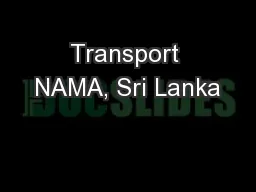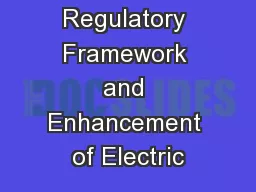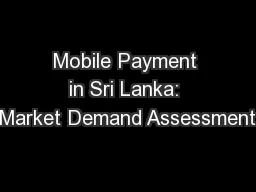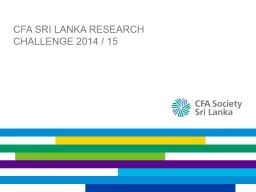PPT-Program to digitally empower the citizens in Sri Lanka
Author : jane-oiler | Published Date : 2016-09-18
Improving Digital Literacy In Sri Lanka Table Of Contents Vision amp Objectives Digital Literacy Definition Literacy Rates in Sri Lanka Conducive Environment amp
Presentation Embed Code
Download Presentation
Download Presentation The PPT/PDF document "Program to digitally empower the citizen..." is the property of its rightful owner. Permission is granted to download and print the materials on this website for personal, non-commercial use only, and to display it on your personal computer provided you do not modify the materials and that you retain all copyright notices contained in the materials. By downloading content from our website, you accept the terms of this agreement.
Program to digitally empower the citizens in Sri Lanka: Transcript
Download Rules Of Document
"Program to digitally empower the citizens in Sri Lanka"The content belongs to its owner. You may download and print it for personal use, without modification, and keep all copyright notices. By downloading, you agree to these terms.
Related Documents

